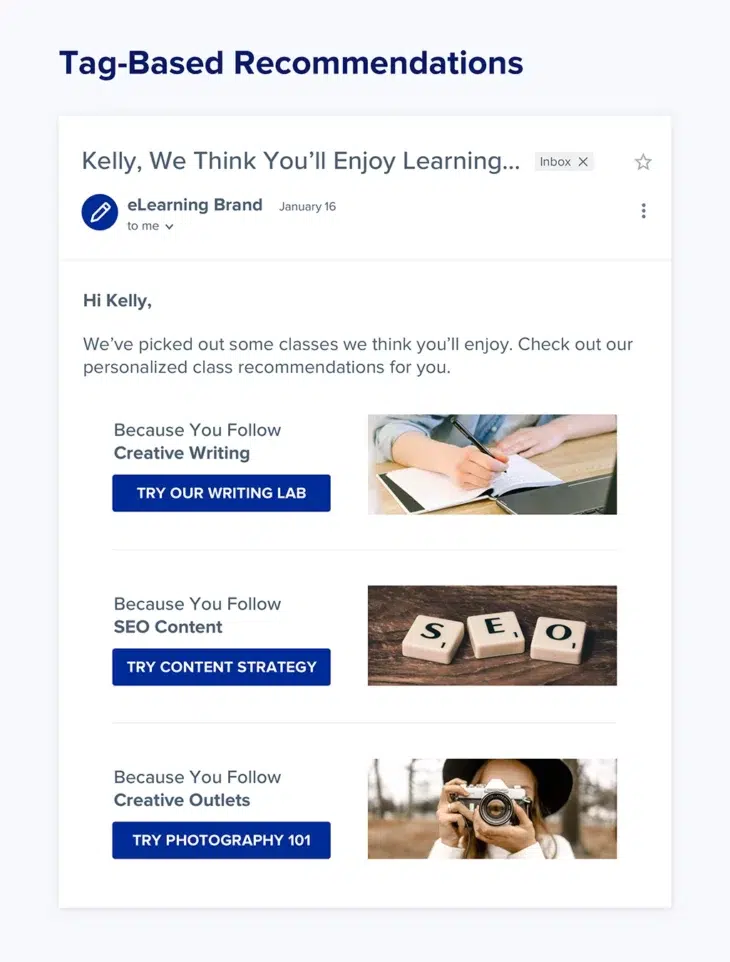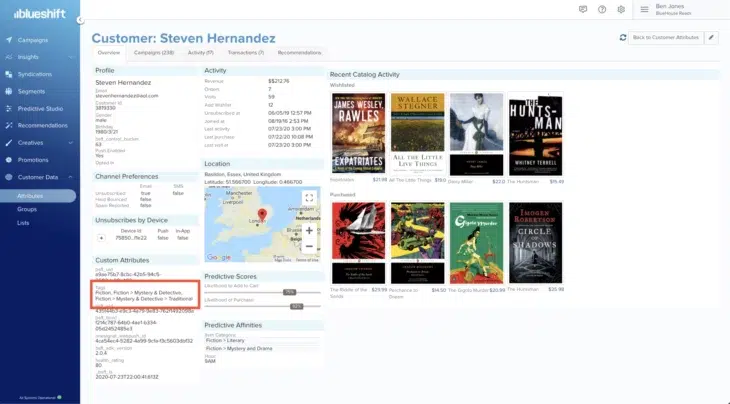We all want brands to make our shopping experience intuitive and effortless. That includes keeping us notified and up-to-date on the products and content we’re interested in. According to Forbes, 83% of consumers expect products to be personalized within moments of their engagement. But for brands, it’s no easy task to surface timely, relevant recommendations — let alone being able to do this at scale to hundreds of thousands or millions of customers. That’s where Blueshift’s SmartHub CDP comes into play to help lighten the load and equip marketers with the complete toolkit to deliver the dynamic experiences consumers now expect. Marketers have instant access to our built-in Recommendation Studio that’s purpose-built for brands to start creating dynamic, targeted messages that get users to convert.
Blueshift’s Recommendation Engine has been providing marketers with an intuitive interface to build dynamic recommendation blocks that can be used across channels. As campaigns run, recommendations adapt to each customer based on first-party data and customer behaviors. Now with the release of newly added Derived Events and Tag-Based Recommendations that are powered by Blueshift’s AI, marketers can drive even more engagement and product discovery by dynamically surfacing the most relevant product offers that consider the latest catalog data and activities for each customer.








